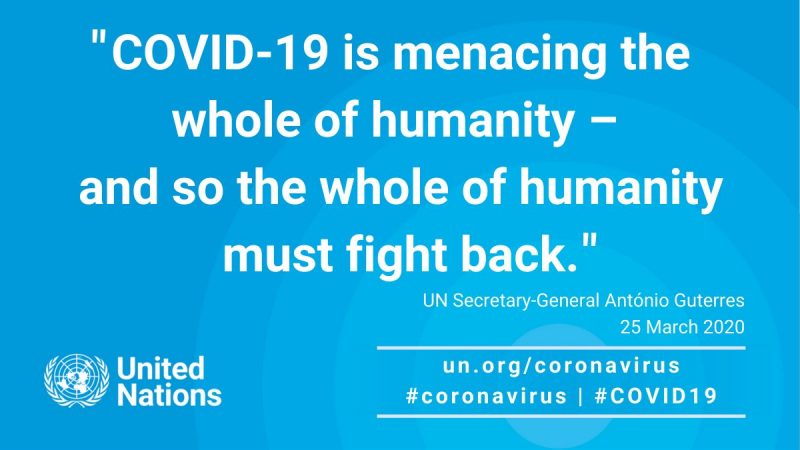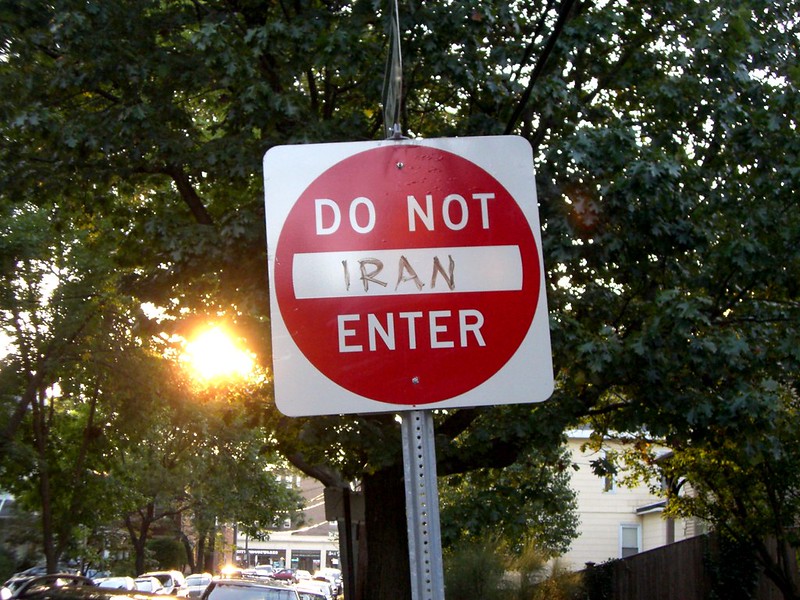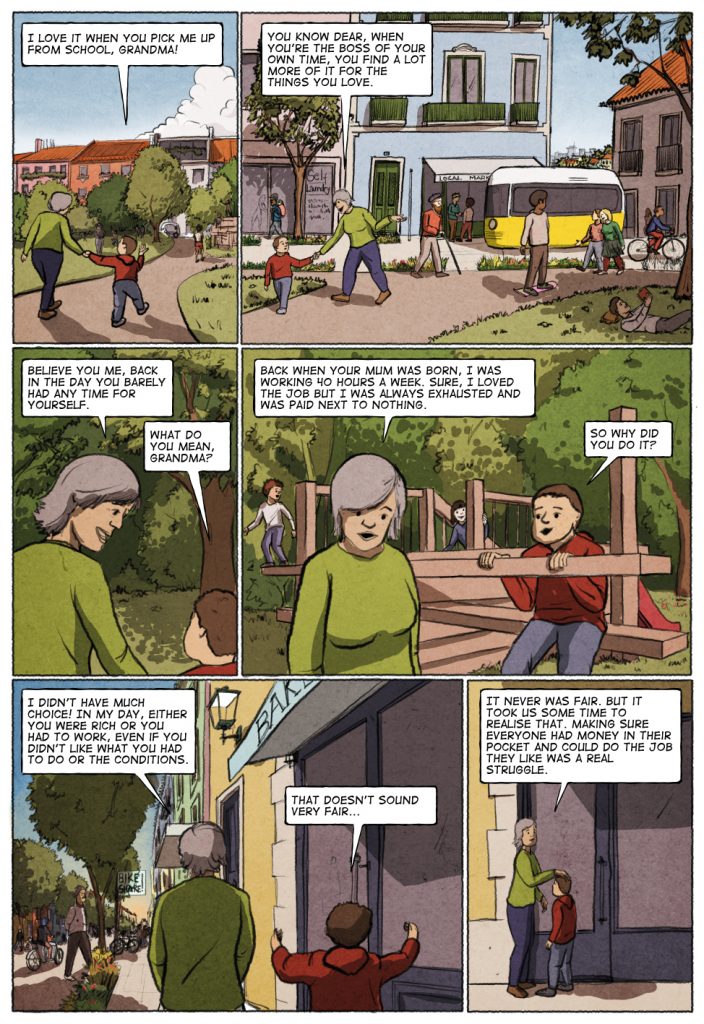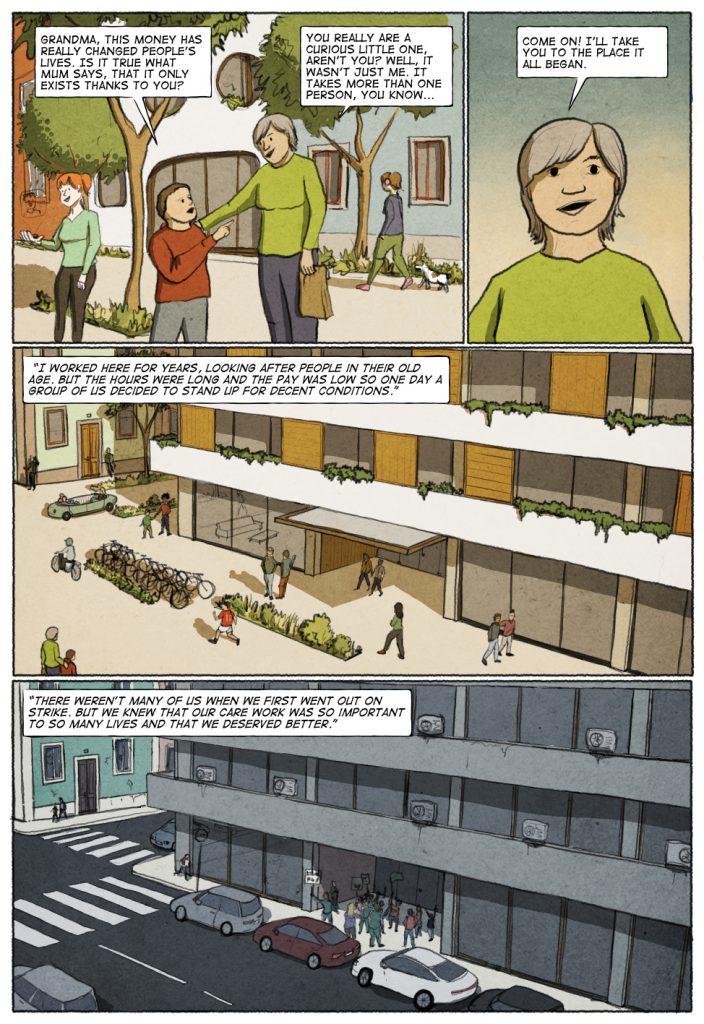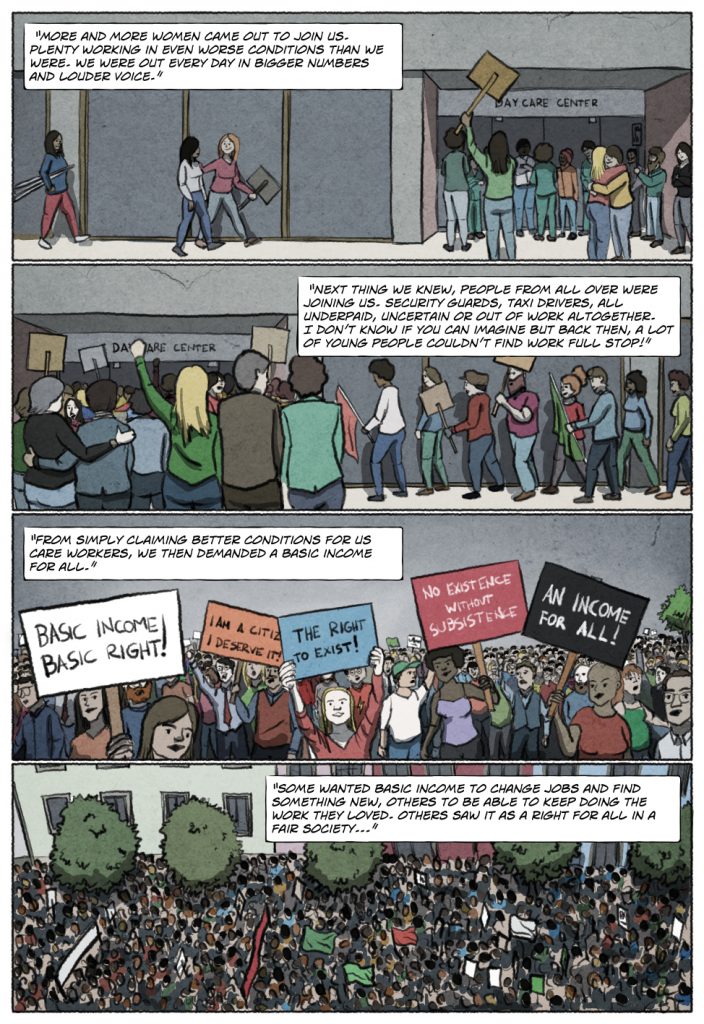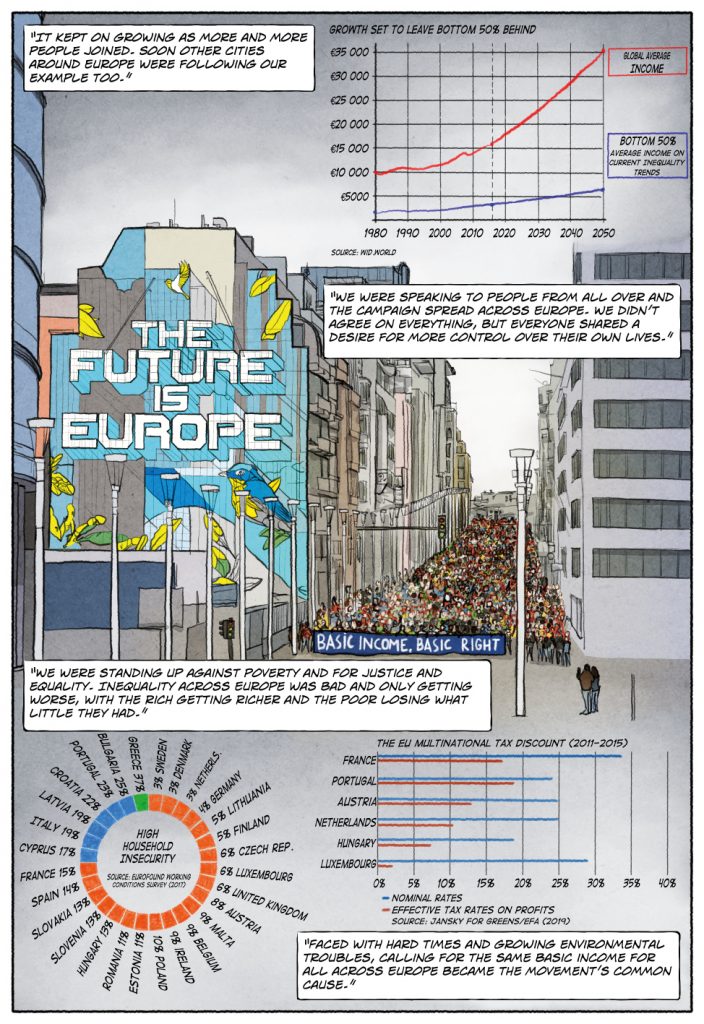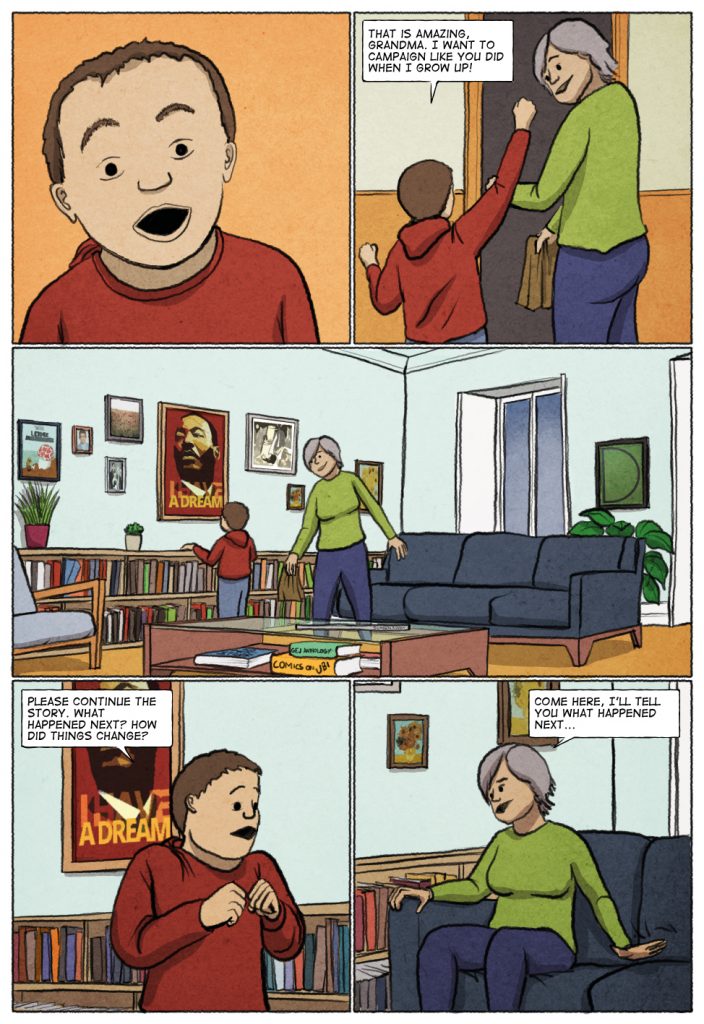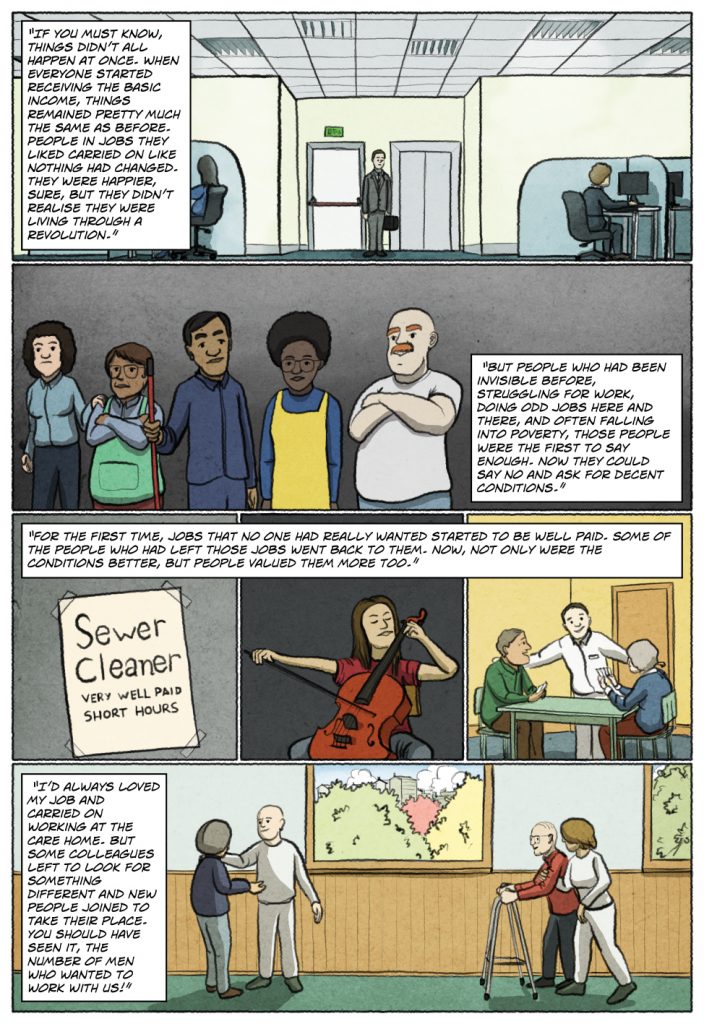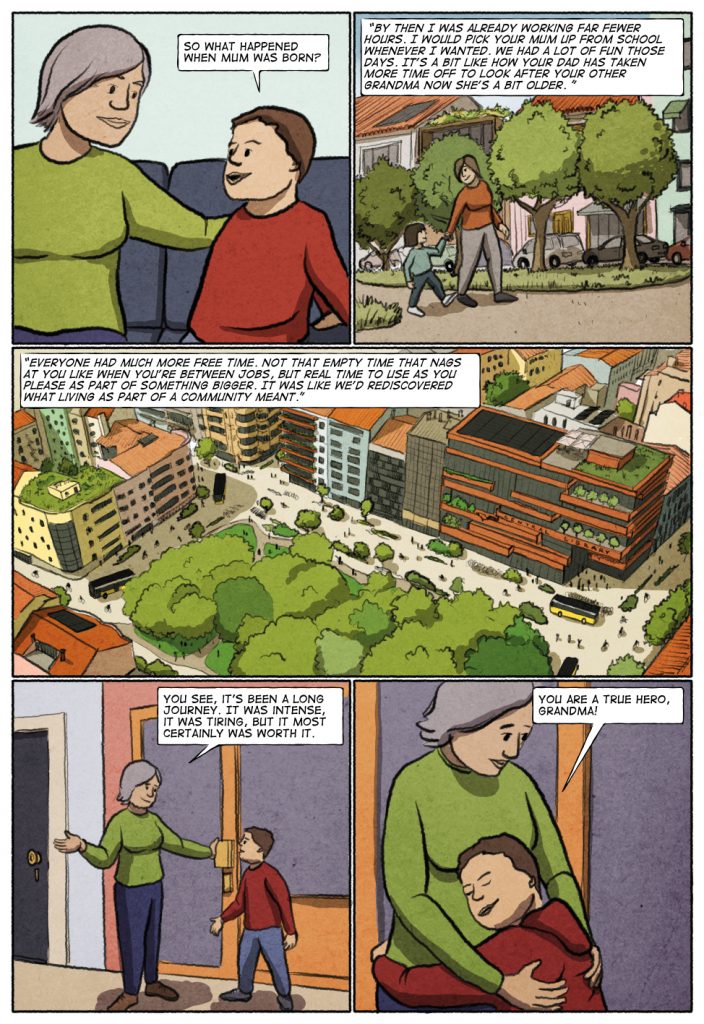By Jean Lotus
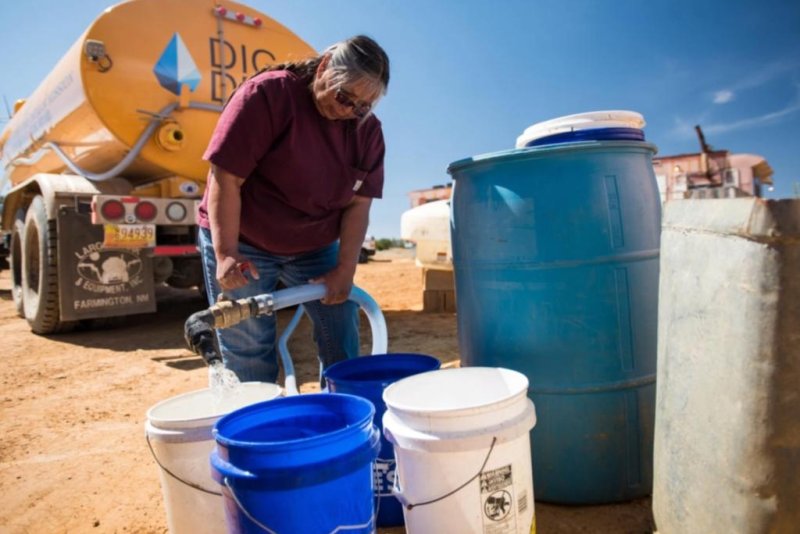
Freshwater solar-powered cisterns are being installed in homes with no
indoor plumbing on the Navajo Nation. Photo courtesy of DigDeep
DENVER, March 30 (UPI) -- More than 300 families on the Navajo Nation reservation have fresh running-water systems for the first time, provided for free, and a non-profit group hopes its delivery model can expand to other remote Navajo households in New Mexico, Arizona and Utah.
The Navajo Water Project installs complete water systems, funded by donations, for households across the Navajo Nation. School bus drivers in their off-hours deliver free water monthly by truck to the new solar-powered cistern systems.
The project is run by parent organization DigDeep, a California-based water and sanitation non-profit.
About 125,000 residents, or 35 percent of the reservation's population of 375,000, live without running water and sanitation services, according to the Navajo Nation.
DENVER, March 30 (UPI) -- More than 300 families on the Navajo Nation reservation have fresh running-water systems for the first time, provided for free, and a non-profit group hopes its delivery model can expand to other remote Navajo households in New Mexico, Arizona and Utah.
The Navajo Water Project installs complete water systems, funded by donations, for households across the Navajo Nation. School bus drivers in their off-hours deliver free water monthly by truck to the new solar-powered cistern systems.
The project is run by parent organization DigDeep, a California-based water and sanitation non-profit.
About 125,000 residents, or 35 percent of the reservation's population of 375,000, live without running water and sanitation services, according to the Navajo Nation.
RELATED As coal dwindles, Southwest tribal solar farms pump out power
"Grandmas and grandpas have taught us how to get water from a livestock well, and boil that and run it through a Bluebird flour bag," said Cindy Howe, the organization's project manager in Thoreau, N.M. "That's how we grew up."
It costs Navajo Water Project about $4,500 and takes 24 hours to hook up families to water. Technicians install a 1,200-gallon cistern and pump, powered by a solar panel. They then plumb a sink and water heater in the home.
Solar energy also can power a bank of LED lights and USB ports for charging devices if the home has no electricity.
RELATED Many household drinking water filters fail to totally remove PFAS
"Even myself, I get choked up when I see a person getting water for the first time in their home," Howe said.
'They're so happy'
"The look on their faces, whether it's a grandma or a small child -- they're so happy. It's been promised and promised and promised, and sometimes they still don't believe it's going to happen," she said.
RELATED Plans advance for Colorado River water conservation
Water is purchased from the reservation's Navajo Tribal Utilities Authority or acquired from refurbished community wells that may have been contaminated formerly or were no longer used.
Cisterns are filled by a delivery truck service.
"School bus drivers have a big chunk of free time between routes," said George McGraw, parent organization DigDeep's executive director. "They drive a water truck, pick up water at access points and then deliver it on their routes."
The organization also cleaned up and re-plumbed the water system at Navajo Nation's only special-needs school in St. Michaels, Ariz.
This year, the Navajo Water Project plans to install 300 more cistern systems from offices in Thoreau, Navajo Mountain, Utah and Dilkon, Ariz.
Building infrastructure, including miles-long water lines, to plumb remote homes could cost hundreds of thousands of dollars, which could never be recouped by the water utility authority, McGraw said.
Larger-scale solar cistern and delivery systems could help remote reservation residents get running water access, he said.
Living without running water is a way of life for many of the residents of the Navajo Nation, residents said.
"We do have elderly still tied to the land in remote areas who don't want to move to homes that are available with all the modern essentials," Navajo Mountain Chapter President Hank Stevens said. About 800 residents straddle the state line between San Juan County, Utah and Navajo County, Ariz.
No indoor plumbing
Arizona and New Mexico are among the states with the highest number of people living without indoor plumbing, according to U.S. Census American Community Survey.
Race is the greatest predictor of having no access to running water, an October 2019 report from DigDeep and the U.S. Water Initiative said.
Native Americans are more than 19 times more likely to live without indoor plumbing, and African Americans and Latino residents are twice as likely to live without it, the report said.
"Nationally, there has been economic disinvestment and lower tax bases in these communities," McGraw said. "The vast majority have never had infrastructure, and their communities were either deliberately or inadvertently sidelined in the past when that infrastructure was being built."
Some residents of the Navajo Nation travel hundreds of miles each month to buy bottled water and reuse water several times, the report found.
Some elderly members practice extreme water conservation, using 3 to 4 gallons of water per day, while the average U.S. resident uses 88 gallons. Some families favor processed food that doesn't require using fresh water, the report said.
"Some people are homebound, and they're having a hard enough time getting water for basic consumption needs," said Zoe Roller, senior program manager at the Oakland, Calif.-based U.S. Water Alliance, a water access non-profit.
Local wells also can be contaminated with uranium and other toxins like arsenic, Roller said.
"That's even more urgent now when health depends on basic hygiene like frequent hand-washing," Roller said.
---30---
